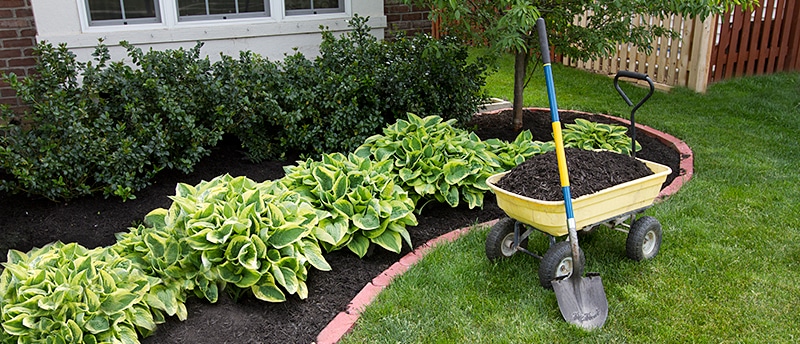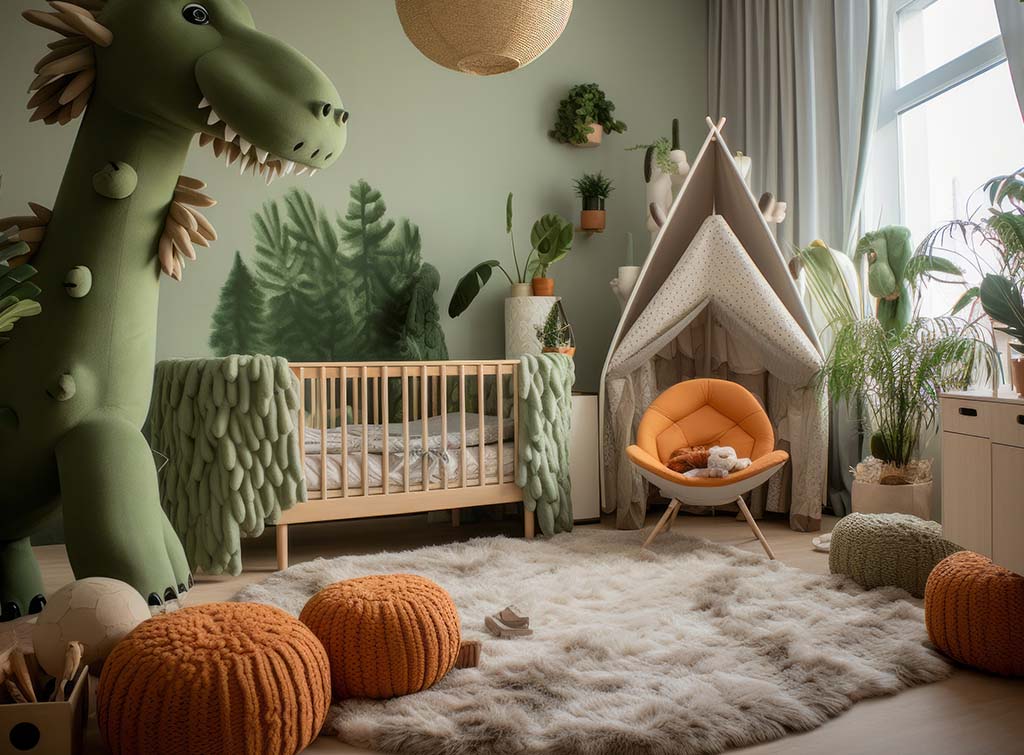Updating Your Bathroom For Energy Efficiency
 In recent years, energy efficient products have become more elegantly designed as homeowners increasingly want to improve efficiency without sacrificing the look they want. Today a plethora of options exist for improving the efficiency of a bathroom, from installing low flow faucets to making those seemingly minor repairs that are often buried low on the priority list.
In recent years, energy efficient products have become more elegantly designed as homeowners increasingly want to improve efficiency without sacrificing the look they want. Today a plethora of options exist for improving the efficiency of a bathroom, from installing low flow faucets to making those seemingly minor repairs that are often buried low on the priority list.
Reducing water consumption is a major way to boost the energy efficiency of a bathroom. Installing low flow shower heads and bathroom sink faucets will help reduce the amount of water used in everyday activities. Older toilets also waste a lot of water, so replacing yours with a high efficiency model is a worthwhile investment. Some cities and organizations offer rebates or other incentives for upgrading appliances and fixtures to approved energy efficient ones, so be sure to research whether you are eligible for any such incentives when making energy efficient updates in your home.
Reducing the use of hot water will help save energy. Depending on your budget for upgrades, you may consider replacing a water heater with a more efficient one, or adding a low cost water heater jacket to help retain heat within the tank for longer periods of time. A water heater on a timer allows you to eliminate needless heating of water during times when it is not needed, such as late at night or while you are at work.
Another way to use less energy in the bathroom is by replacing incandescent light bulbs with compact fluorescent light bulbs, or CFLs. This simple change can help reduce energy consumption not only in your bathroom, but throughout the entire home.
Although not as exciting as getting new sink and shower fixtures, be sure to repair problems such as water leaks or poor seals on air ducts, which can consume energy unnecessarily. A drafty window is another culprit for wasted energy. Putting off seemingly minor repairs may be costing you money.
Last but certainly not least, make an honest assessment of your habits with regard to water and electricity consumption in the bathroom. Are there any areas that can be improved? Some simple changes are turning off the faucet while brushing your teeth or shaving, rather than letting it run when not in use. Another step you can take is avoiding taking unnecessarily long showers.
You do not have to make a heavy investment in a complete bathroom overhaul to improve energy efficiency. Every step counts!







